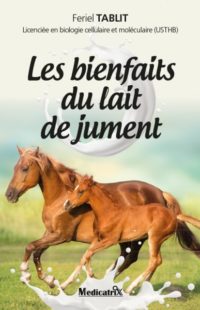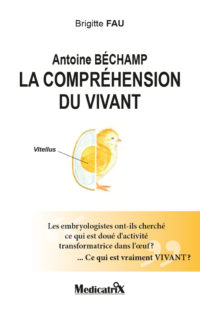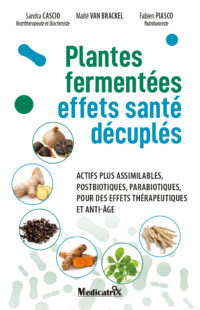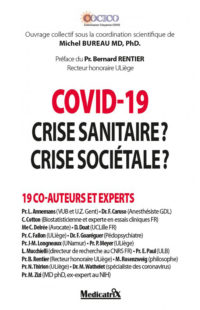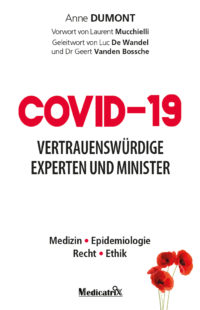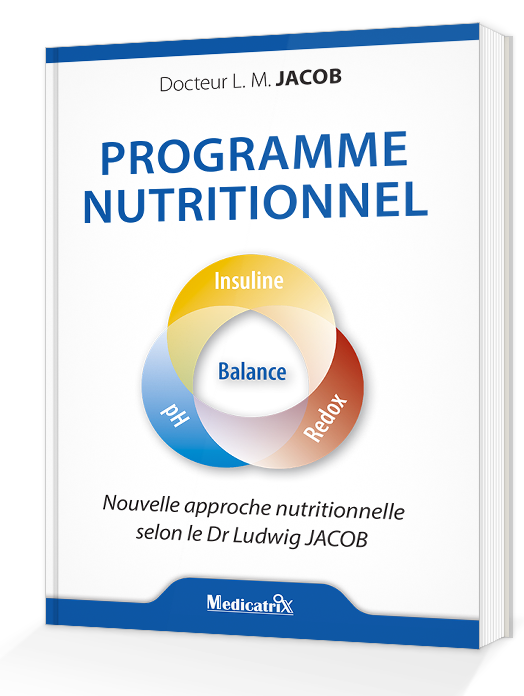The present study investigated the impact of a CGMCC1.3724 (LPR) supplementation on weight loss and maintenance in obese men and women over 24 weeks. In a double-blind, placebo-controlled, randomised trial, each subject consumed two capsules per d of either a placebo or a LPR formulation (1·6 × 108 colony-forming units of LPR/capsule with oligofructose and inulin). Each group was submitted to moderate energy restriction for the first 12 weeks followed by 12 weeks of weight maintenance. Body weight and composition were measured at baseline, at week 12 and at week 24. The intention-to-treat analysis showed that after the first 12 weeks and after 24 weeks, mean weight loss was not significantly different between the LPR and placebo groups when all the subjects were considered. However, a significant treatment × sex interaction was observed. The mean weight loss in women in the LPR group was significantly higher than that in women in the placebo group (P= 0·02) after the first 12 weeks, whereas it was similar in men in the two groups (P= 0·53). Women in the LPR group continued to lose body weight and fat mass during the weight-maintenance period, whereas opposite changes were observed in the placebo group. Changes in body weight and fat mass during the weight-maintenance period were similar in men in both the groups. LPR-induced weight loss in women was associated not only with significant reductions in fat mass and circulating leptin concentrations but also with the relative abundance of bacteria of the Lachnospiraceae family in faeces. The present study shows that the CGMCC1.3724 formulation helps obese women to achieve sustainable weight loss.
Marina Sanchez, Christian Darimont, Vicky Drapeau, Shahram Emady-Azar, Melissa Lepage, Enea Rezzonico, Catherine Ngom-Bru, Bernard Berger, Lionel Philippe, Corinne Ammon-Zuffrey, Patricia Leone, Genevieve Chevrier, Emmanuelle St-Amand, André Marette, Jean Doré, Angelo Tremblay. Effect of Lactobacillus rhamnosus CGMCC1.3724 supplementation on weight loss and maintenance in obese men and women. British Journal of Nutrition, 2013; 1




